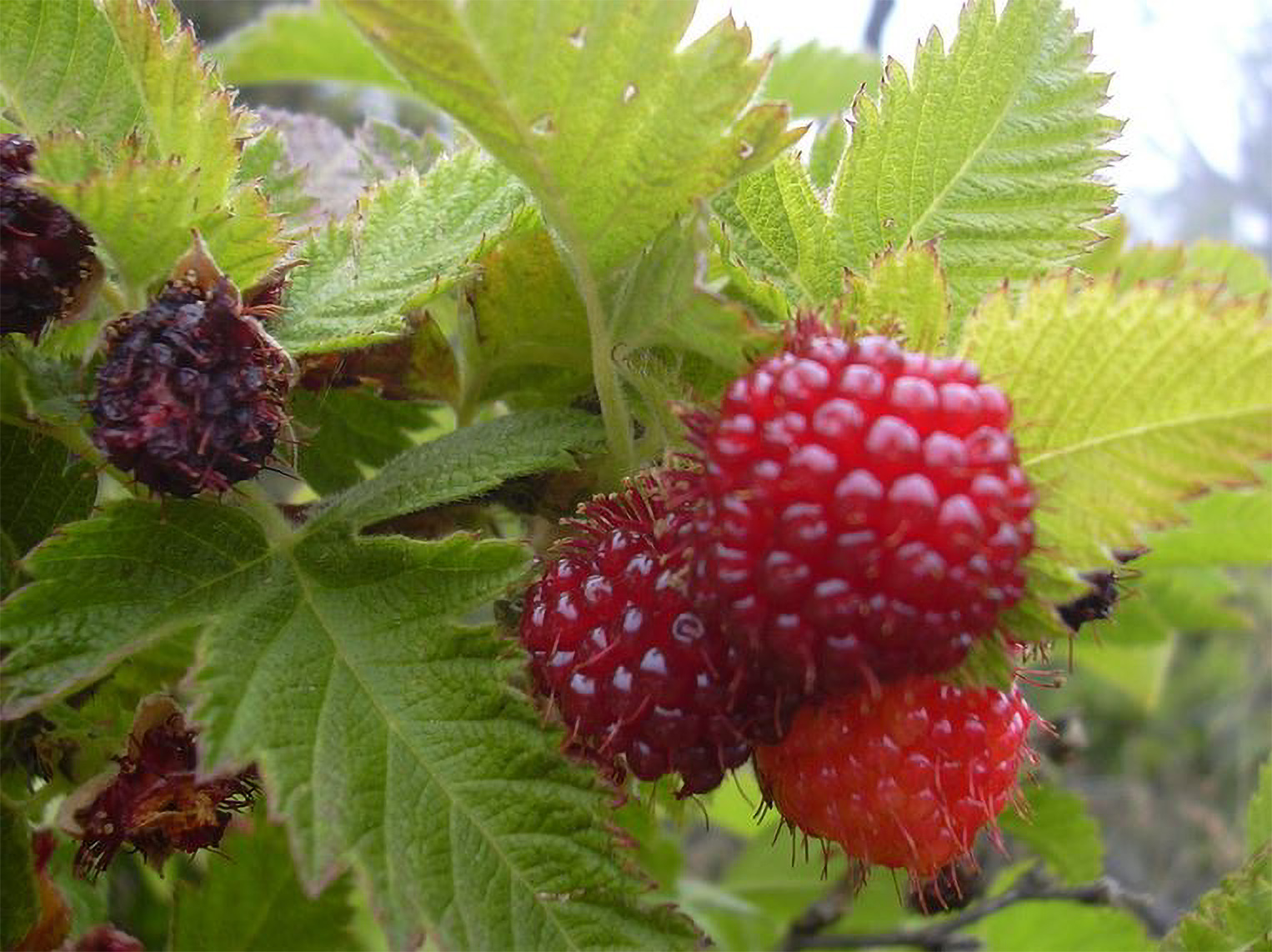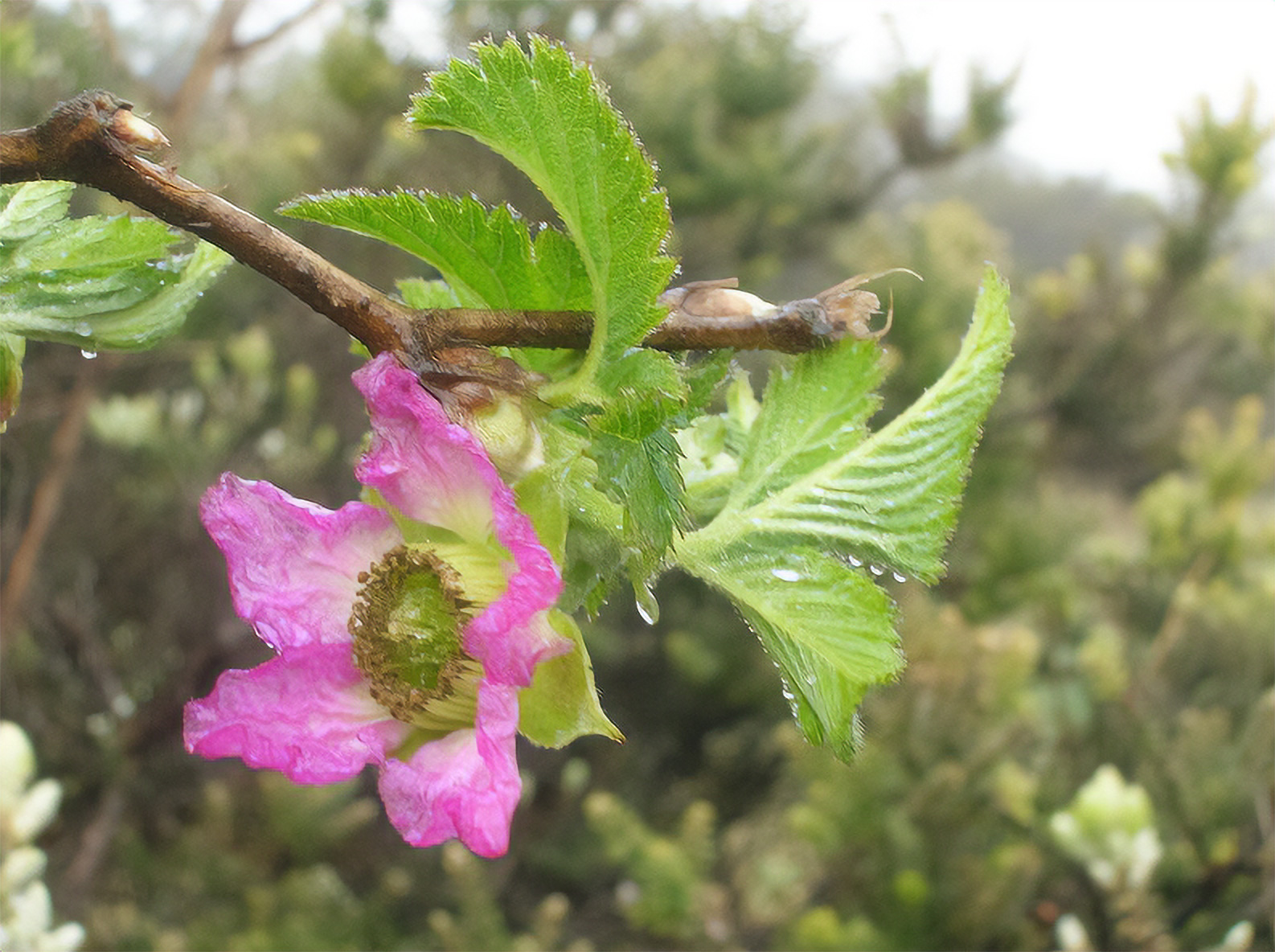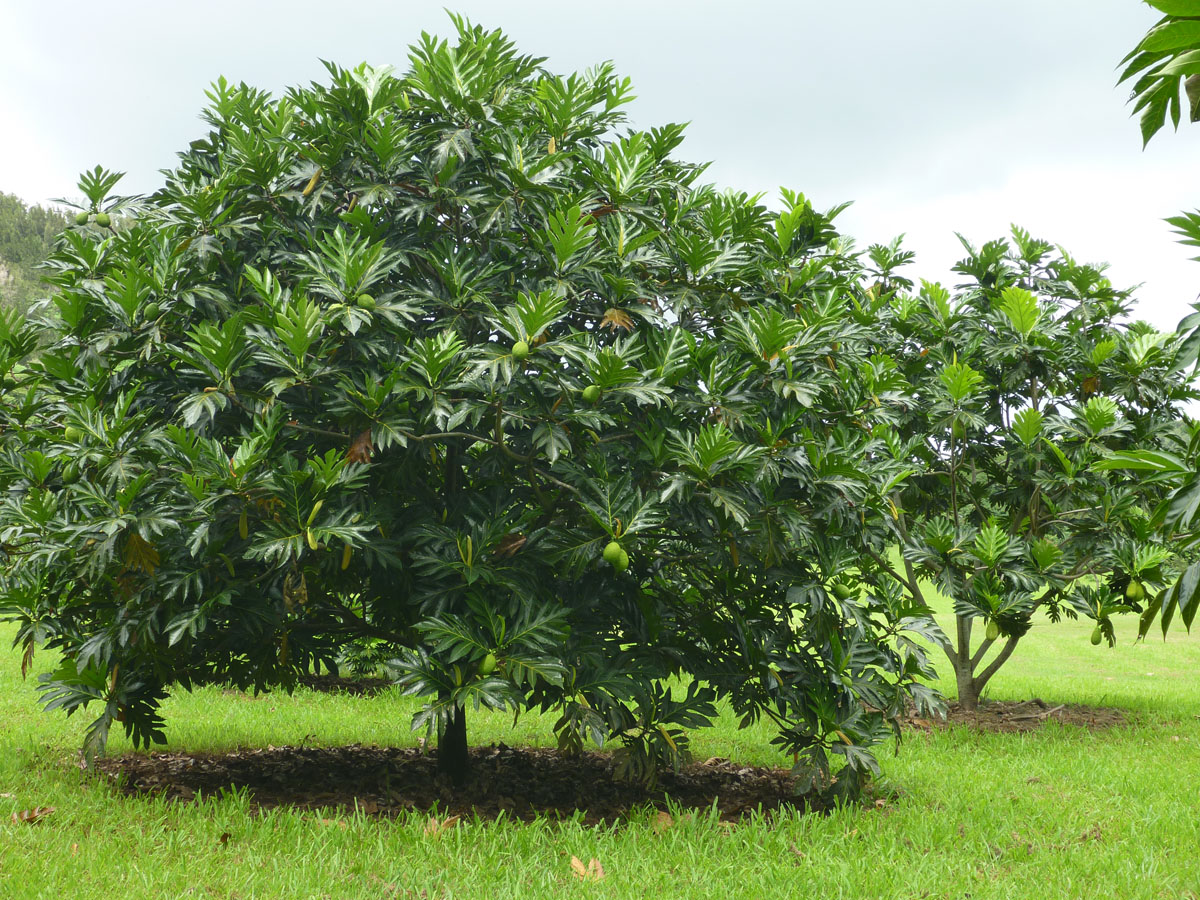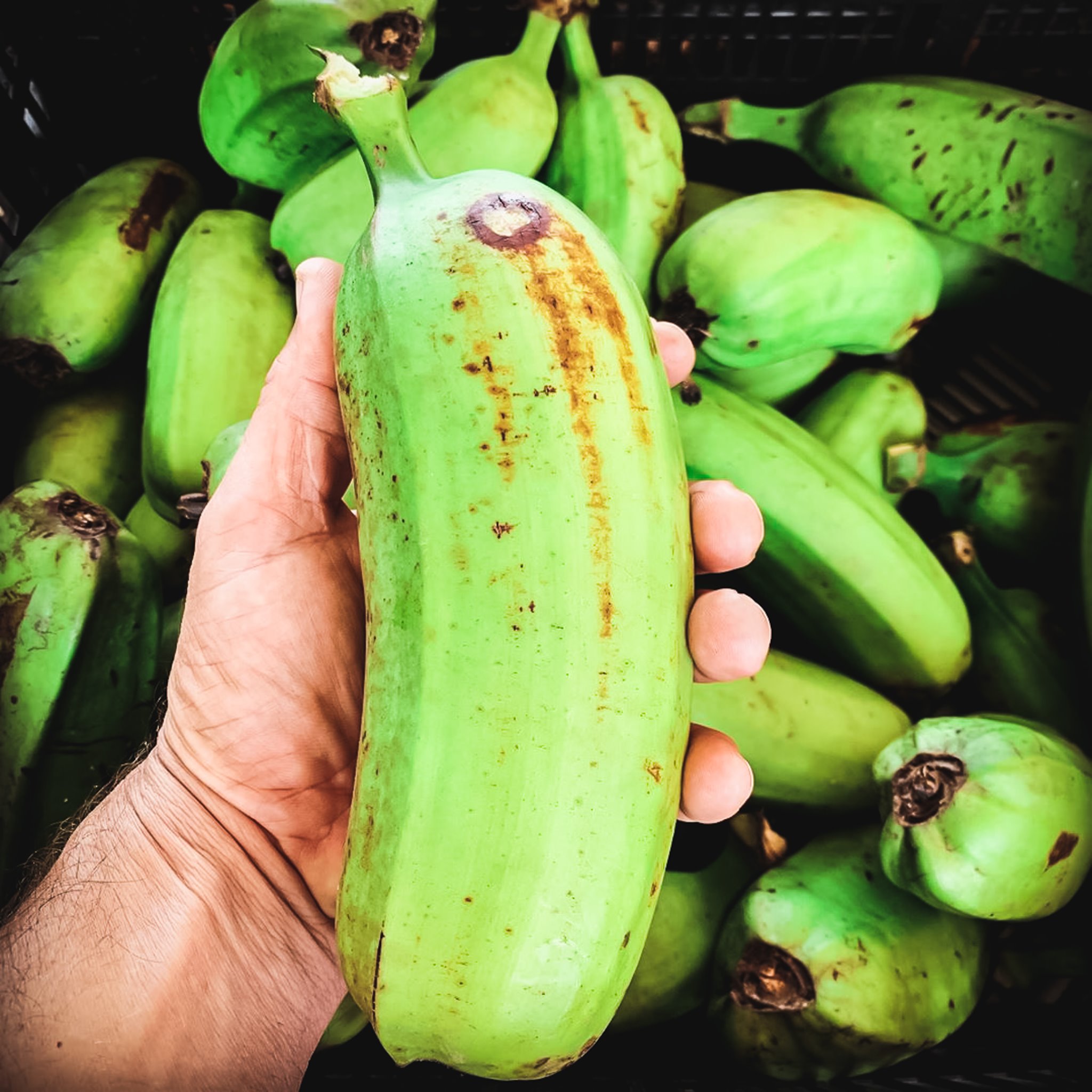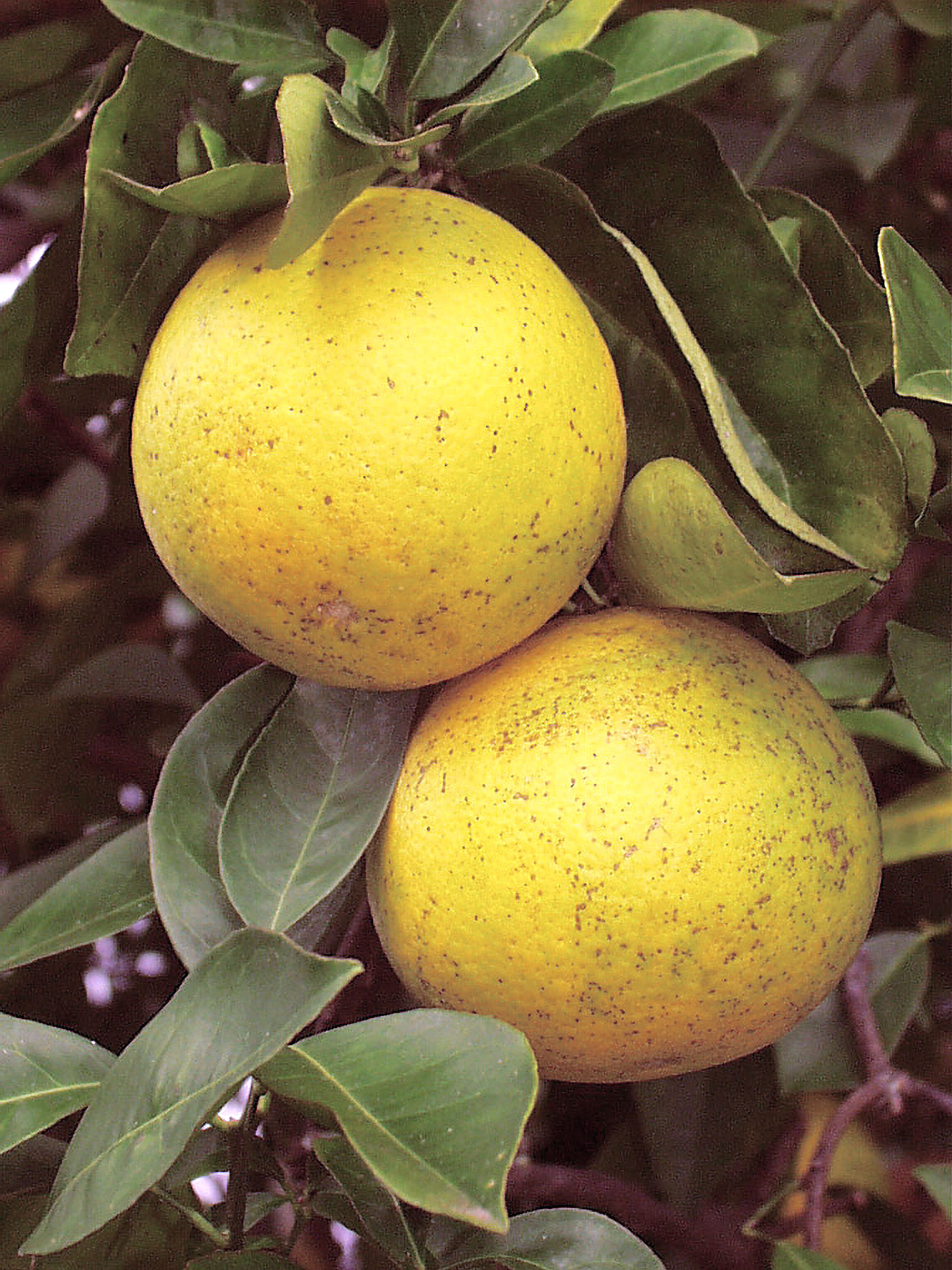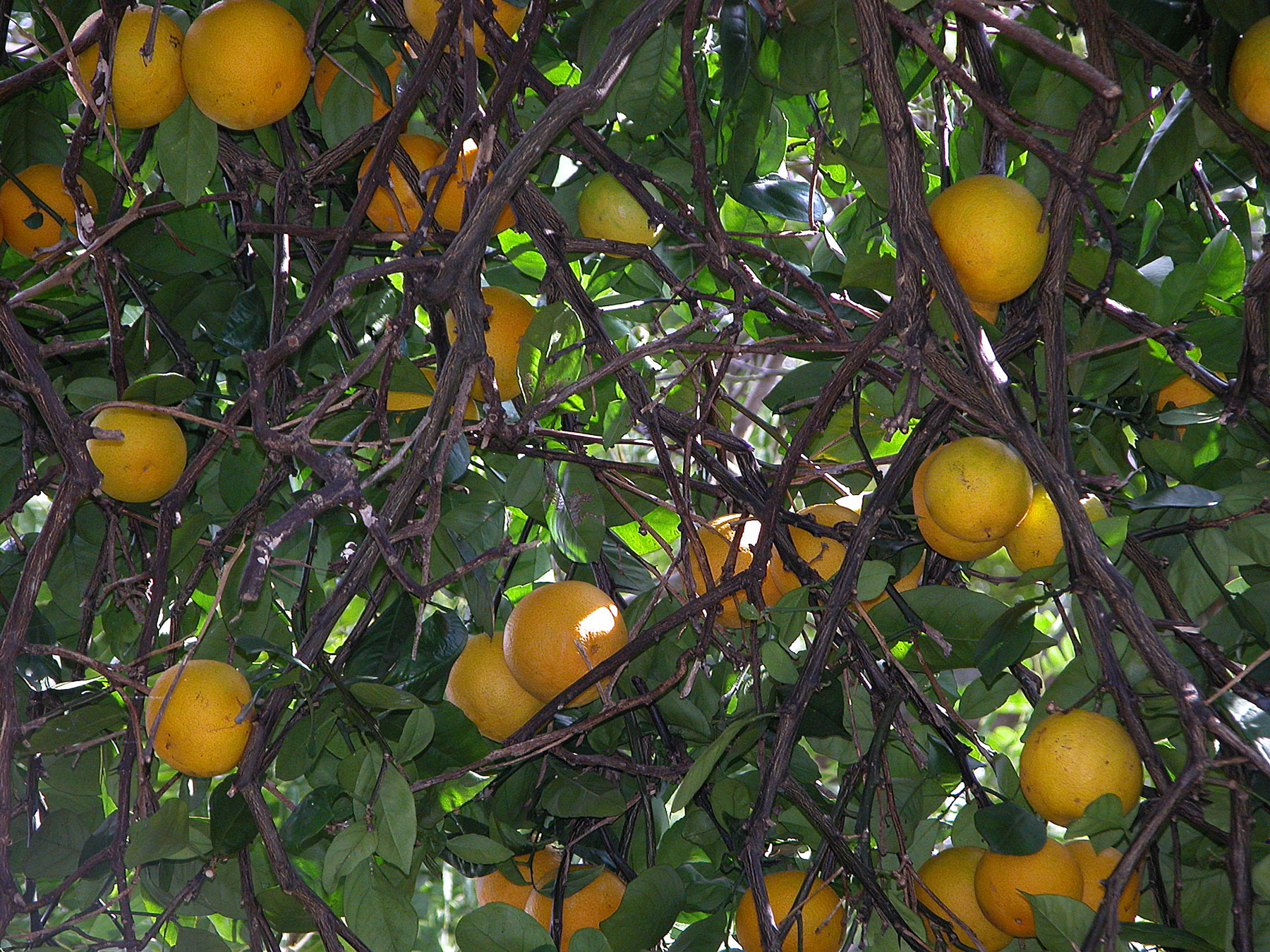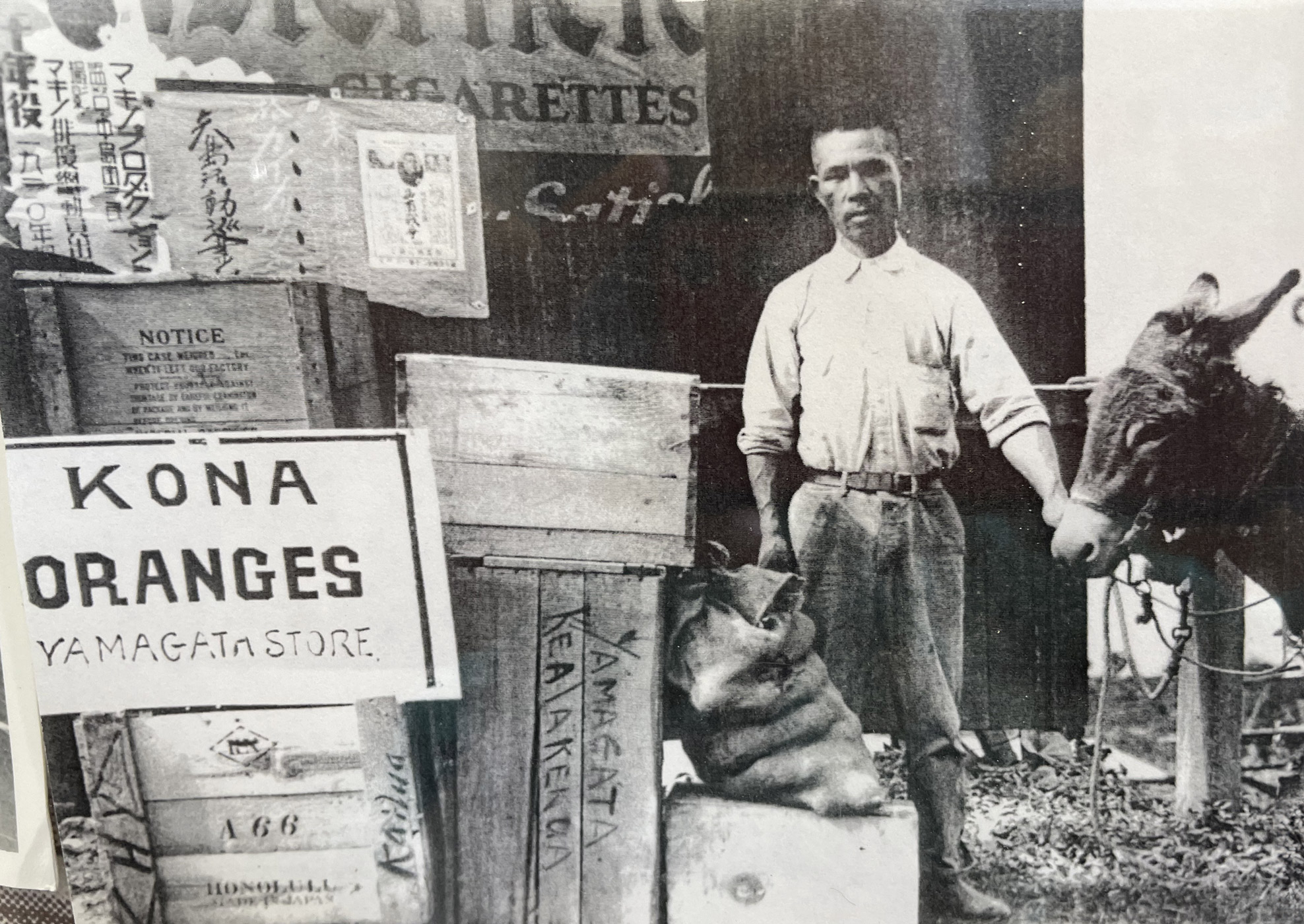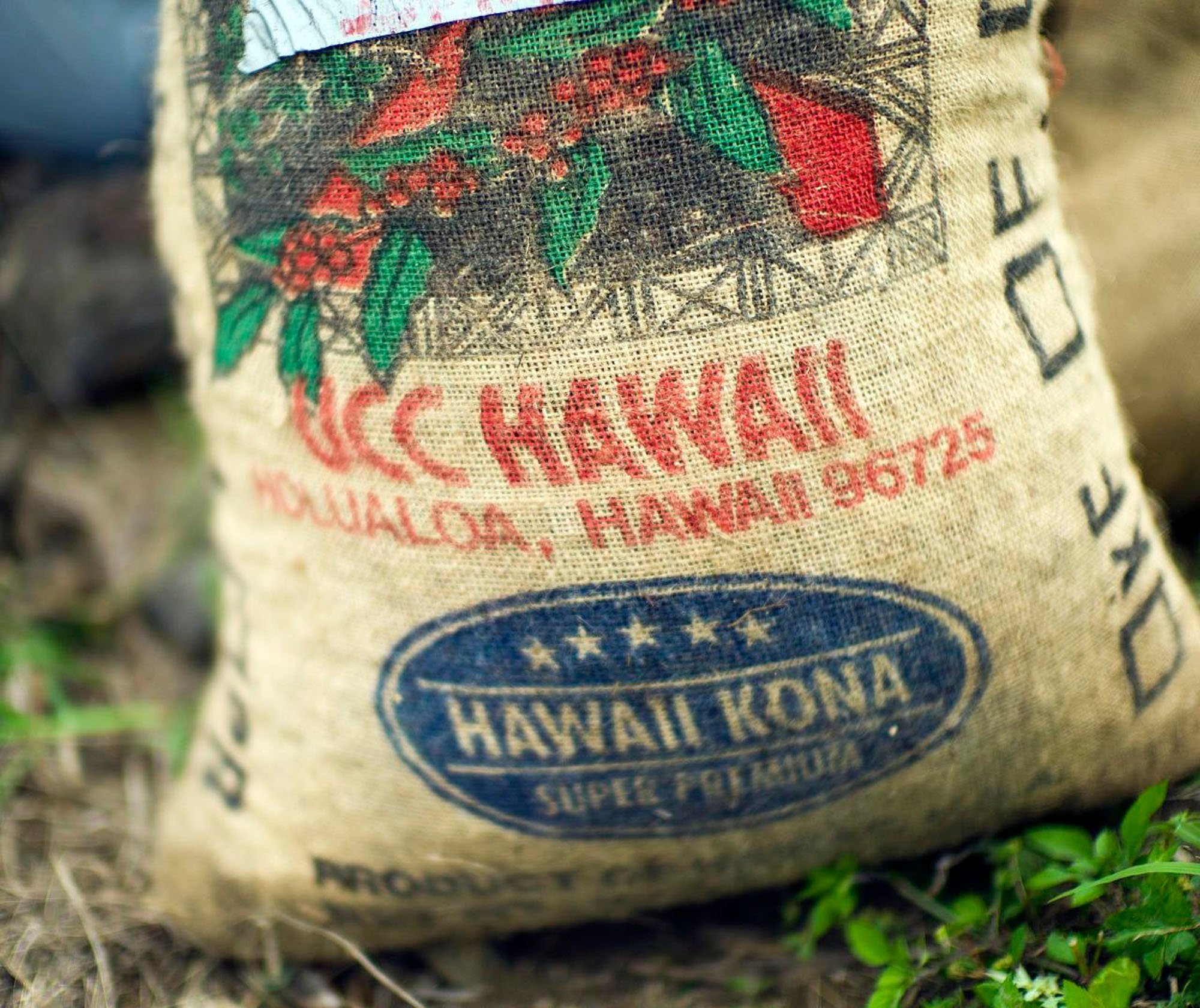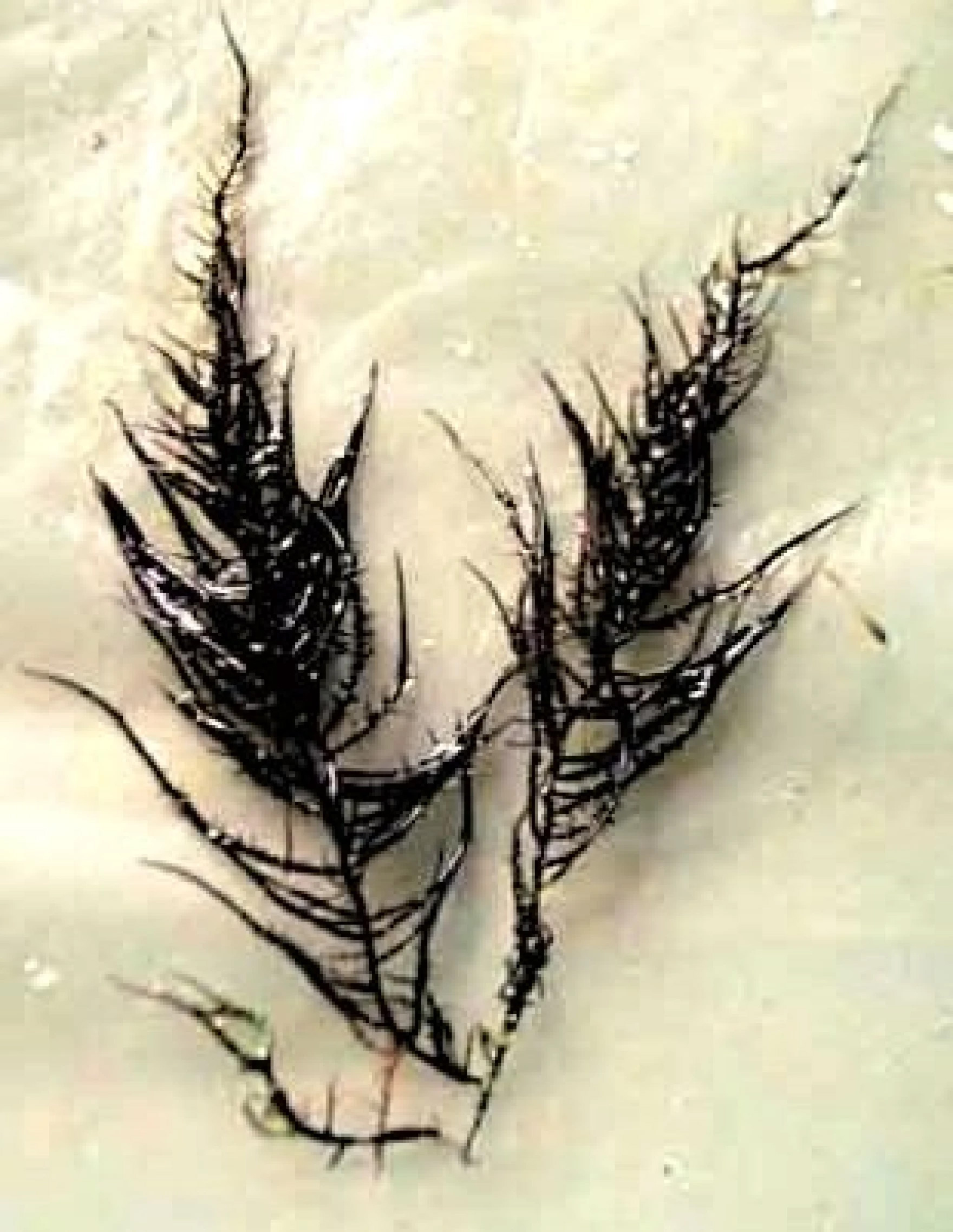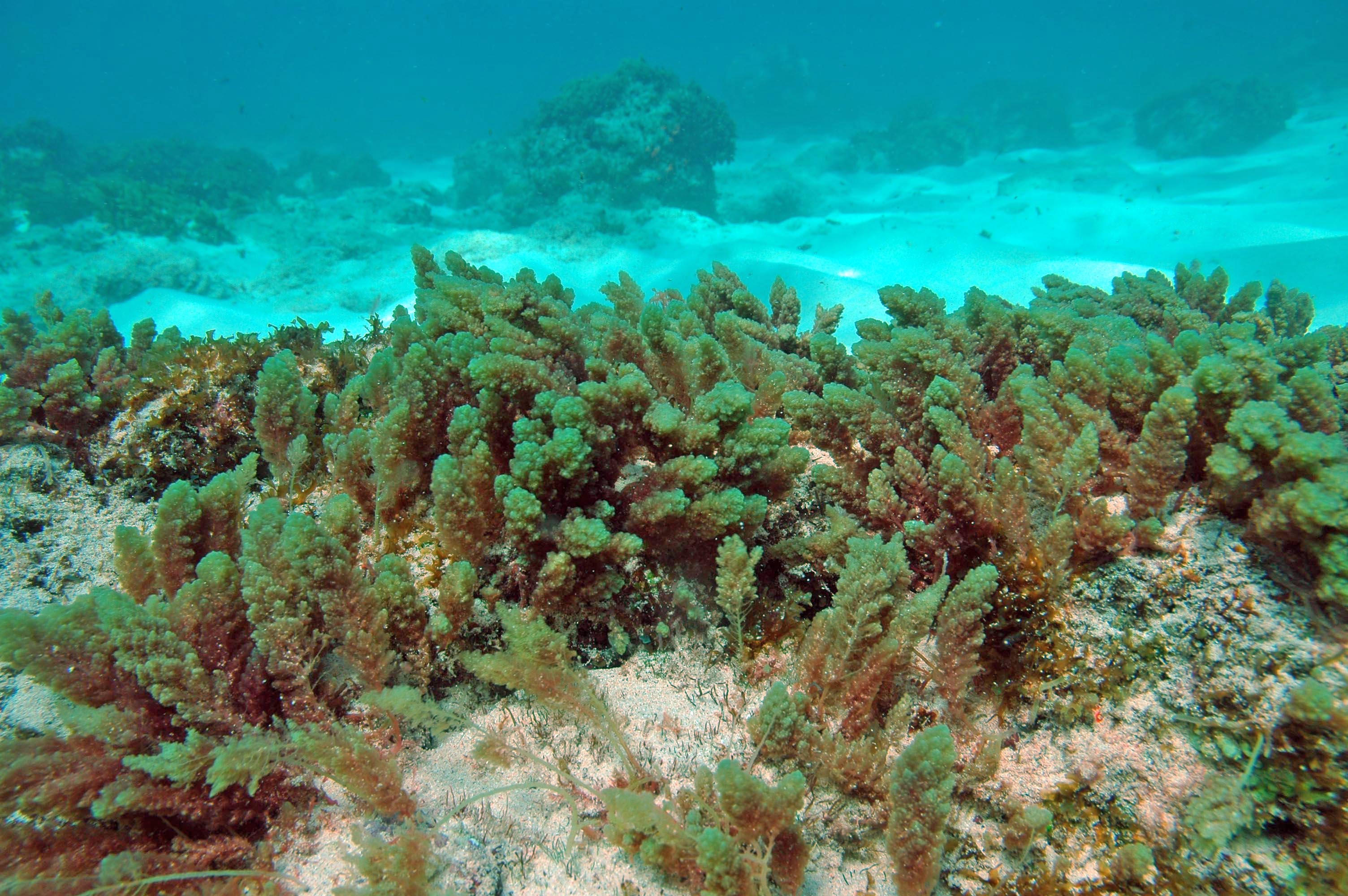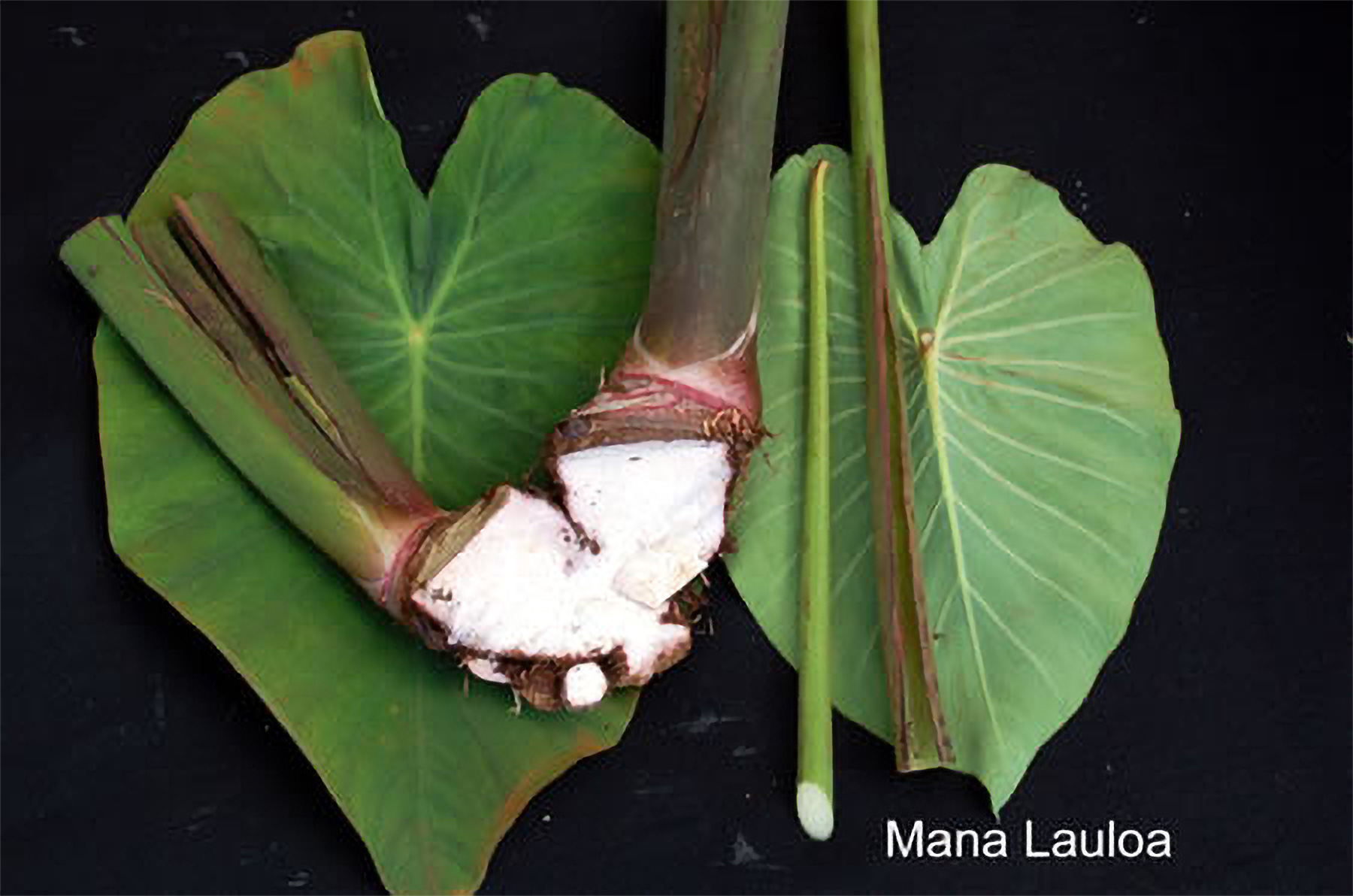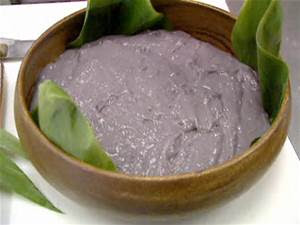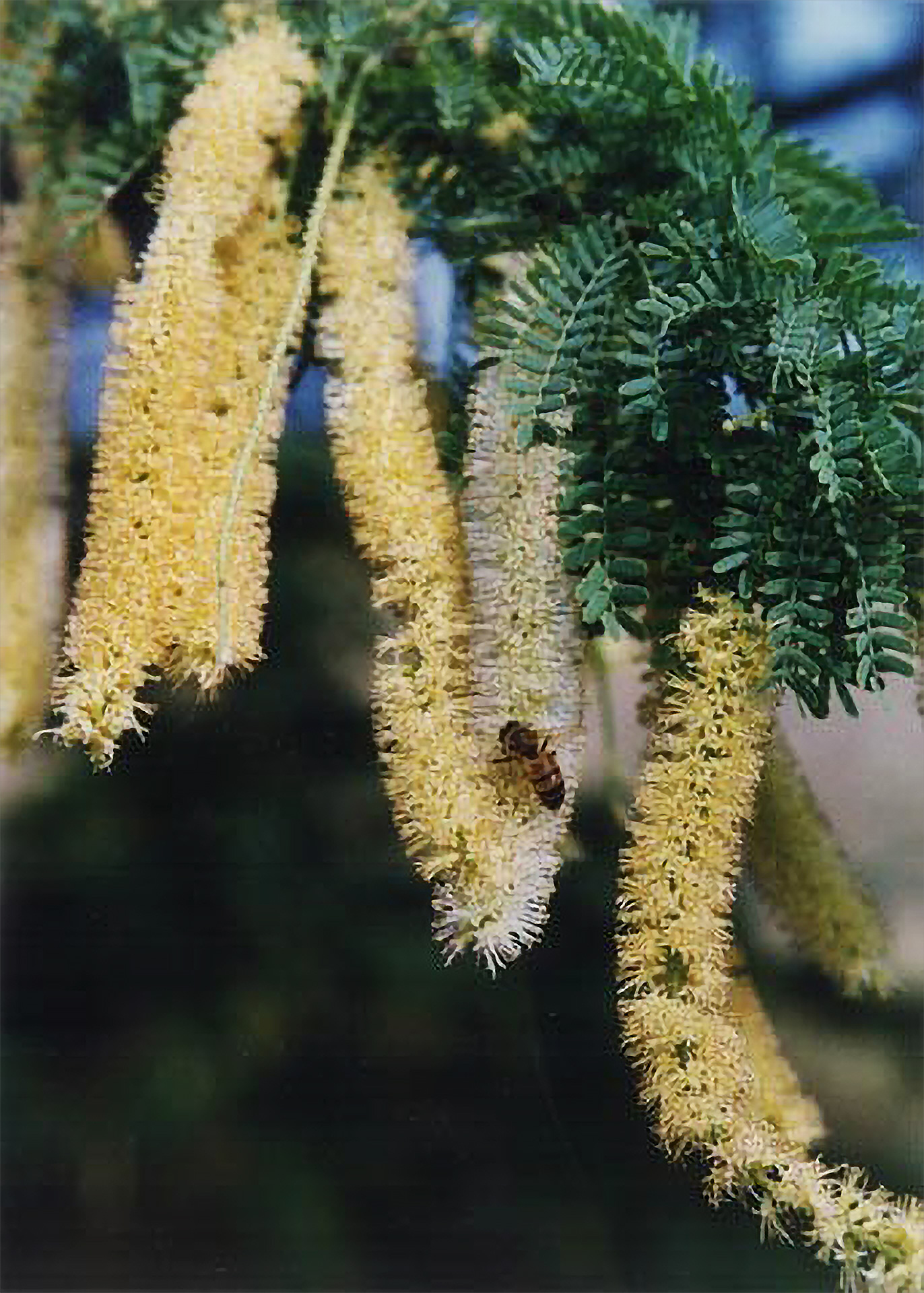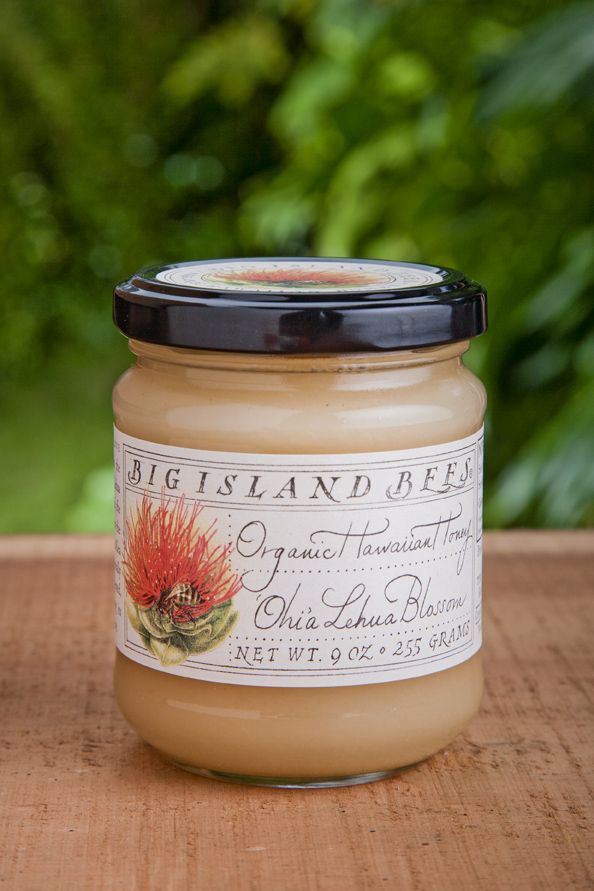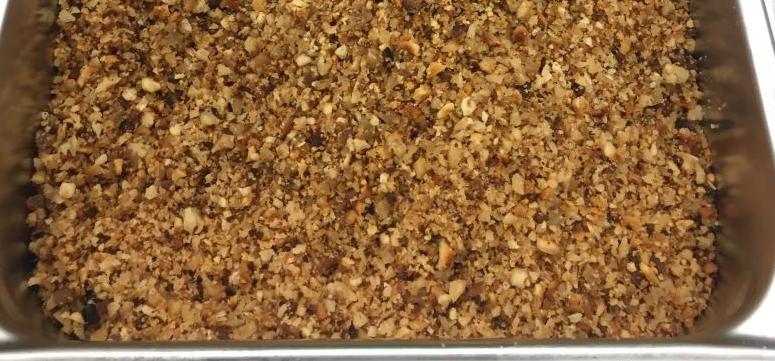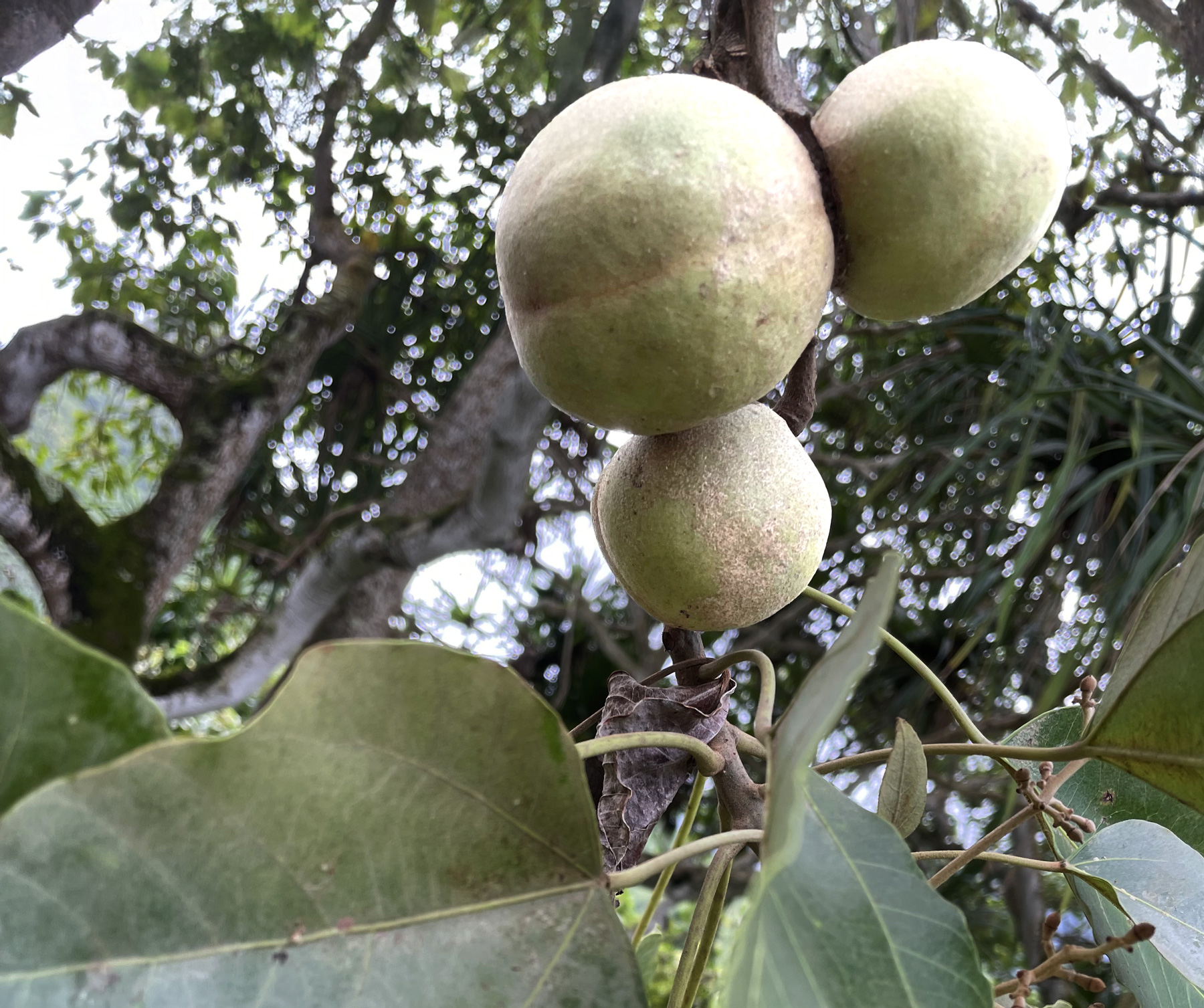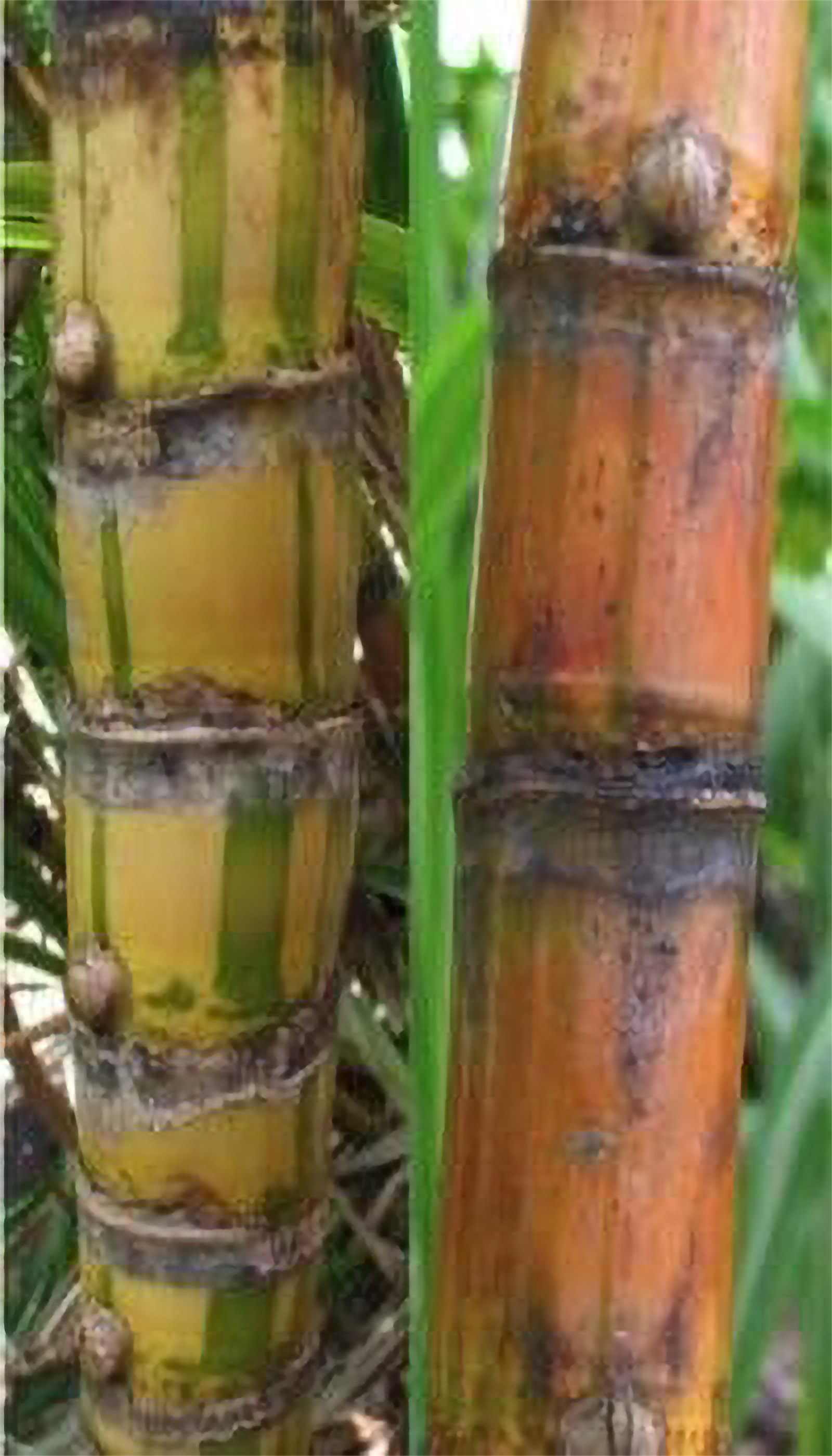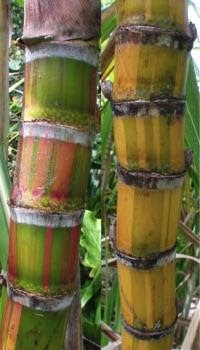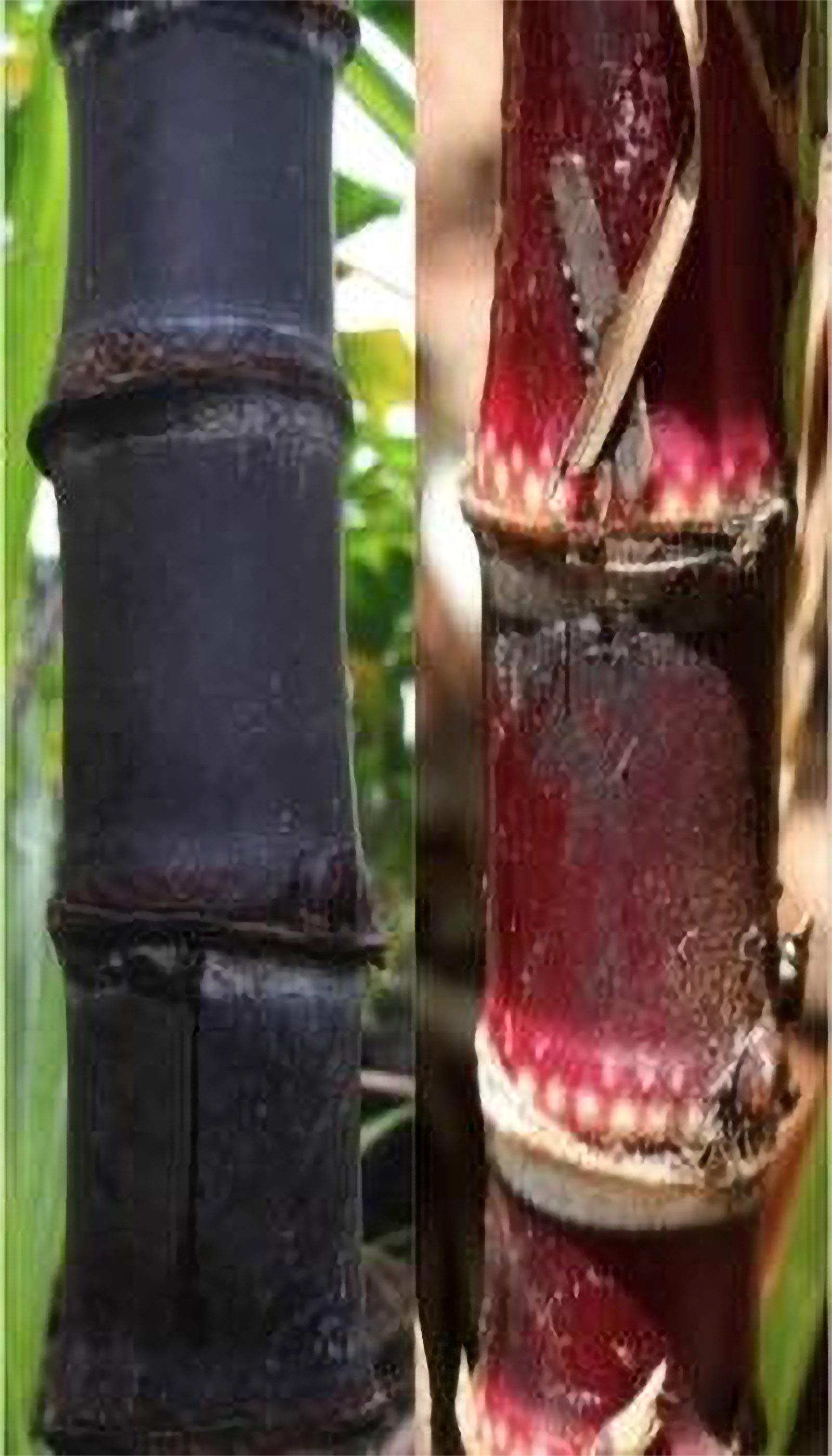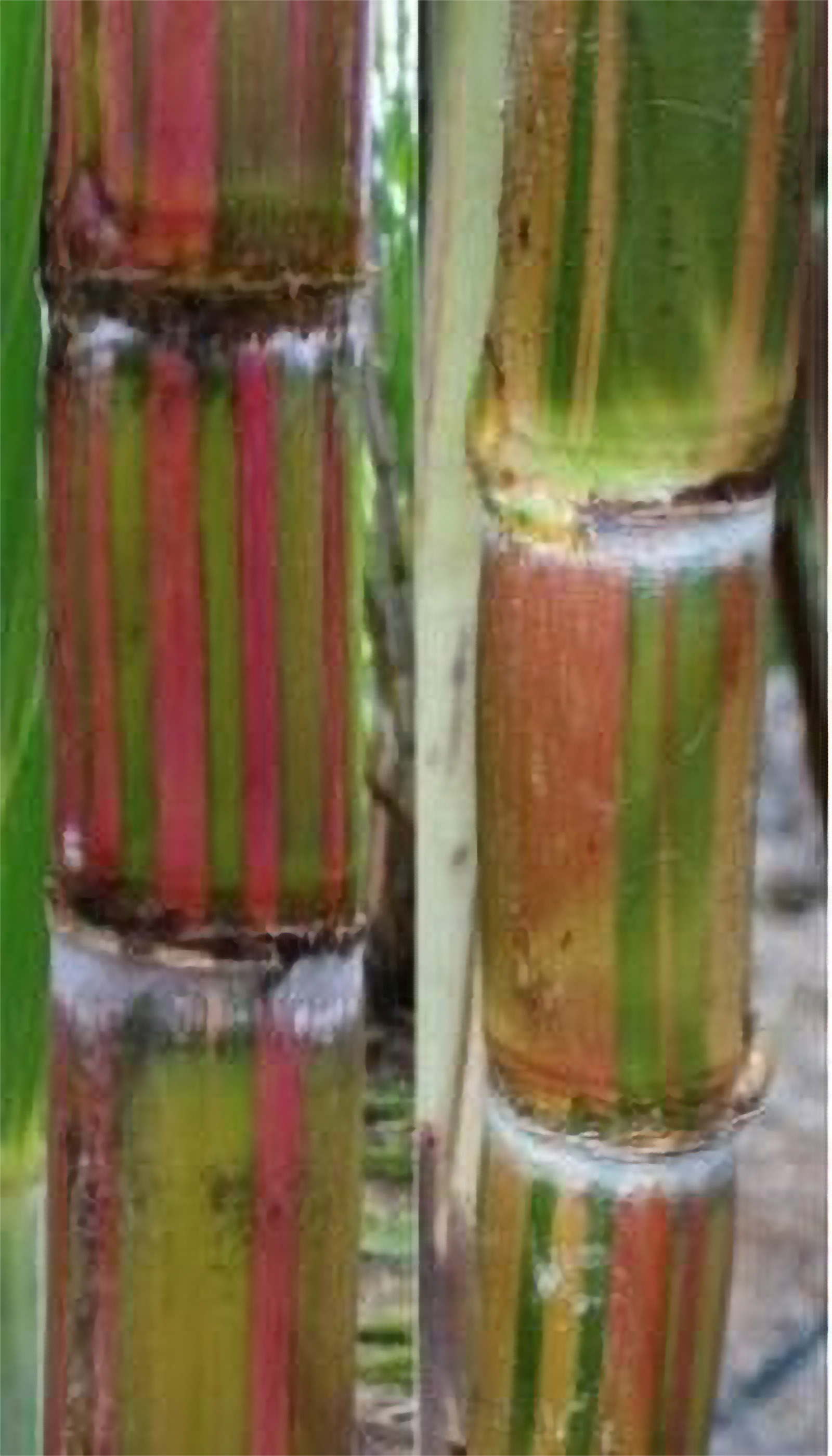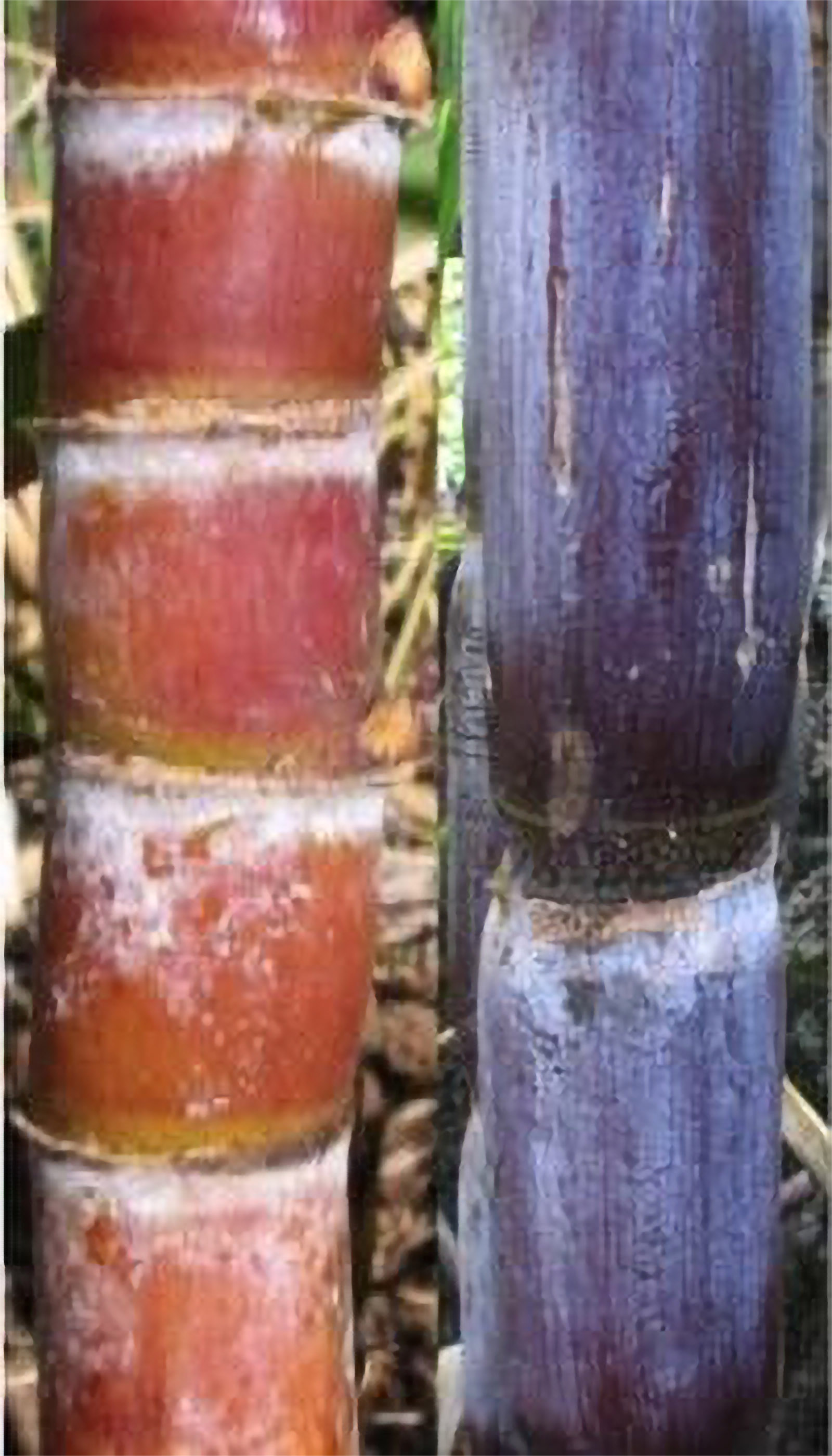Akala (Hawaiian Raspberry)
‘Akala is the Hawaiian name for Rubus hawaiensis and R. macraei, deciduous shrubs in the rose family (Rosaceae) known commonly as Hawaiian raspberry or Hawaiian blackberry. Across the Hawaiian islands of Kauai, Molokai, Oahu, Maui and Hawaii, R. hawaiensis grows in mesic (moderately moist) to wet forest environments at elevations of 600 to 3,070 feet above sea level. The less common R. macraei is found only in East Maui and on the island of Hawaii.
‘Akala grows to a height of 3 to 10 feet and has rough compound leaves with three leaflets. It has small thorns on its upper portions and new growth. Its fruits grow to 2 inches in diameter. The tart and semi-sweet berries range in color from pink, red, purple, and yellow to white, and can have a bitter or bland flavor if not harvested when ripe. The edible flowers are dark pink or occasionally white in color and bloom from April to July.
Traditionally, Hawaiians ate ‘akala berries and flowers and used the bark to make kapa (barkcloth) clothing—the kapa was dyed with the rose-colored juice from the fruit. ‘Akala ash is used medicinally to treat stomach and chest ailments. The berries can be eaten raw and are often cooked in pies or preserved.
Although there are records of commercial plantings of ‘akala in the 1930s, it is difficult to find the berries on the market today, and most ‘akala is harvested in the wild. Due to the invasive impact of several non-native Rubus species on Hawaii’s forests, the use of biological controls is under consideration, and has caused debate: Such controls could damage the endemic Hawaiian R. hawaiensis and R. macraei if they are genetically similar enough to the invasive species, and lead to ‘akala’s extinction.
